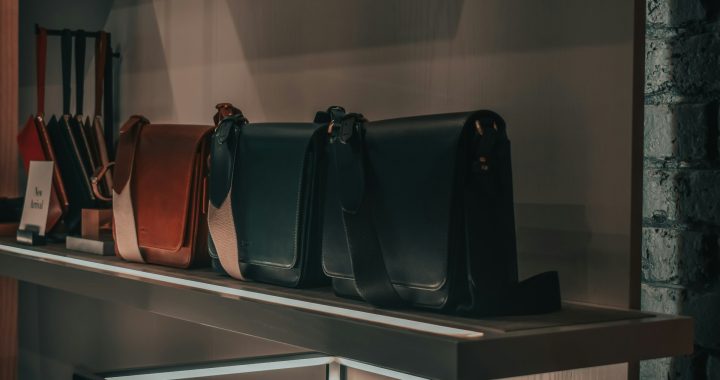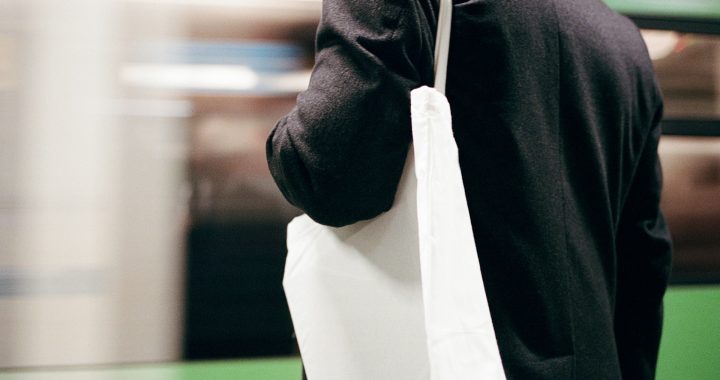Eco-Friendly Packaging: A Growing Trend in the Fashion Industry

Packaging in the fashion industry is no longer just a decorative afterthought—it has become a powerful expression of a brand’s values. The adoption of eco-friendly packaging signals a brand’s commitment to sustainability and plays a crucial role in reducing plastic waste that harms the environment. According to TIPA Corp, using biodegradable materials can help lessen the negative impact on ecosystems while contributing positively to the planet.
Today’s consumers are increasingly environmentally conscious and tend to support brands that incorporate sustainable practices, including their packaging choices. Opting for eco-friendly packaging can strengthen customer loyalty and enhance a brand’s image as one that genuinely cares about the planet.
Eco-friendly packaging is often made from recycled or naturally degradable materials. Not only does this help reduce the carbon footprint, but it also promotes a more sustainable product lifecycle. Sourceful highlights that materials such as recycled paper and biodegradable plastics can significantly lower carbon emissions generated during manufacturing processes.
The fashion industry is actively innovating in packaging to support environmental sustainability. One notable development is the growing use of plant-based materials that decompose naturally. According to an article from Sourceful, bamboo fibre and corn starch-based packaging are becoming popular alternatives to conventional plastic among fashion businesses.
Several major brands have also started adopting recyclable paper bags and environmentally safe inks. These initiatives not only reduce waste but also add an appealing aesthetic to the product presentation. As innovation progresses, eco-friendly packaging is becoming more affordable and available in a wider range of stylish designs.
Reusable packaging is another emerging trend worth considering. TIPA Corp reports that many fashion brands now offer reusable options such as durable shopping bags. This approach combines practicality with sustainability, allowing consumers to play a more active role in reducing waste.
Implementing sustainable packaging doesn’t need to be complicated. A simple first step is to choose certified sustainable materials—such as FSC-certified paper, which ensures that the raw material is sourced from responsibly managed forests. According to TIPA Corp, this is an easy and effective way for businesses to begin their journey towards sustainability.
Fashion businesses can also collaborate with local suppliers that provide eco-friendly packaging solutions. Such partnerships help streamline logistics, reduce carbon emissions, and highlight the brand’s commitment to social responsibility and local communities.
Finally, educating consumers about the importance of recycling packaging is key. Providing information on the label or including a small guide on how to recycle the packaging can empower consumers to contribute to environmental efforts. As Sourceful notes, even small actions like these can have a significant long-term impact on sustainability.
In an era where sustainability is becoming a central concern, eco-friendly packaging is no longer optional—it’s essential. For fashion brands aiming to align with the values of modern consumers and reduce their environmental impact, investing in sustainable packaging is a step in the right direction.
 Bettina Zimmermann Unveils Her Eighth Seidensticker Women’s Collection in Style at Outletcity Metzingen
Bettina Zimmermann Unveils Her Eighth Seidensticker Women’s Collection in Style at Outletcity Metzingen  Retro Revival: This “Grandma Bag” Is Set to Dominate 2025 Fashion Trends
Retro Revival: This “Grandma Bag” Is Set to Dominate 2025 Fashion Trends  Grace Jackson Turns Heads in Leather Minidress as She Launches Fashion Line with EGO
Grace Jackson Turns Heads in Leather Minidress as She Launches Fashion Line with EGO  Kim Hye Yoon’s Effortless Style: A Sweet Fashion Inspiration
Kim Hye Yoon’s Effortless Style: A Sweet Fashion Inspiration  7 Stylish and Practical Hobo Bags from Local Brands for Everyday Use
7 Stylish and Practical Hobo Bags from Local Brands for Everyday Use